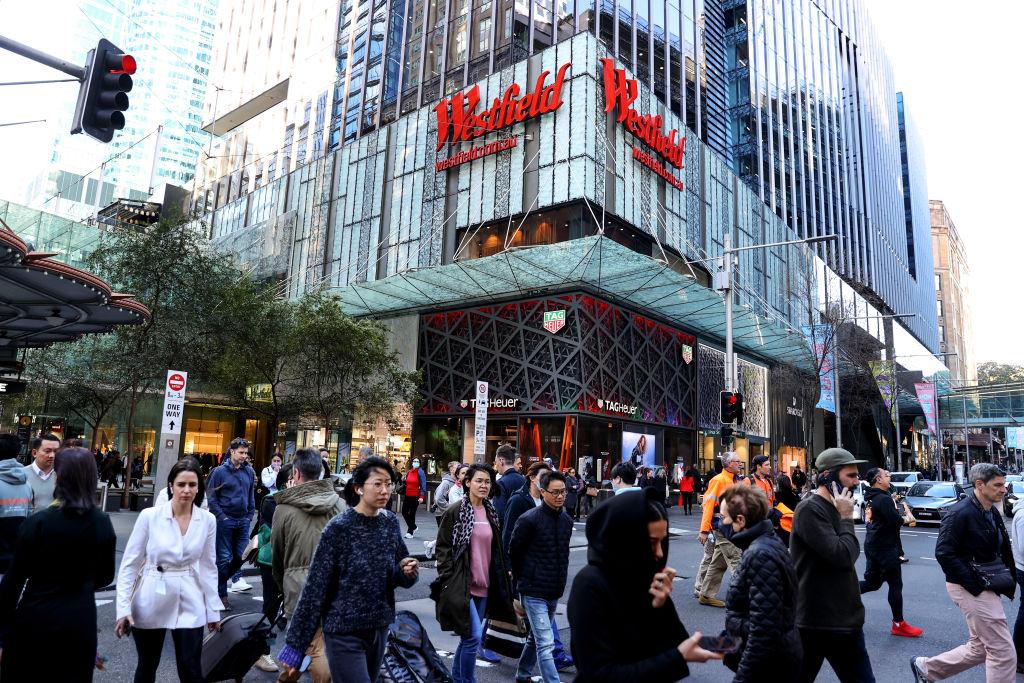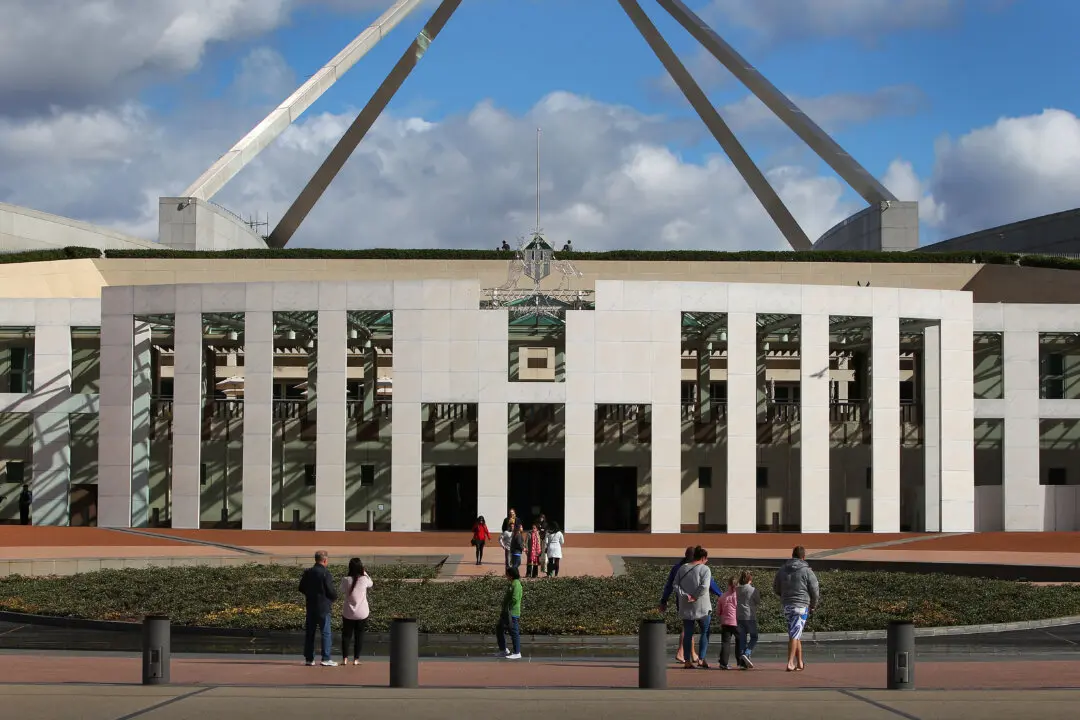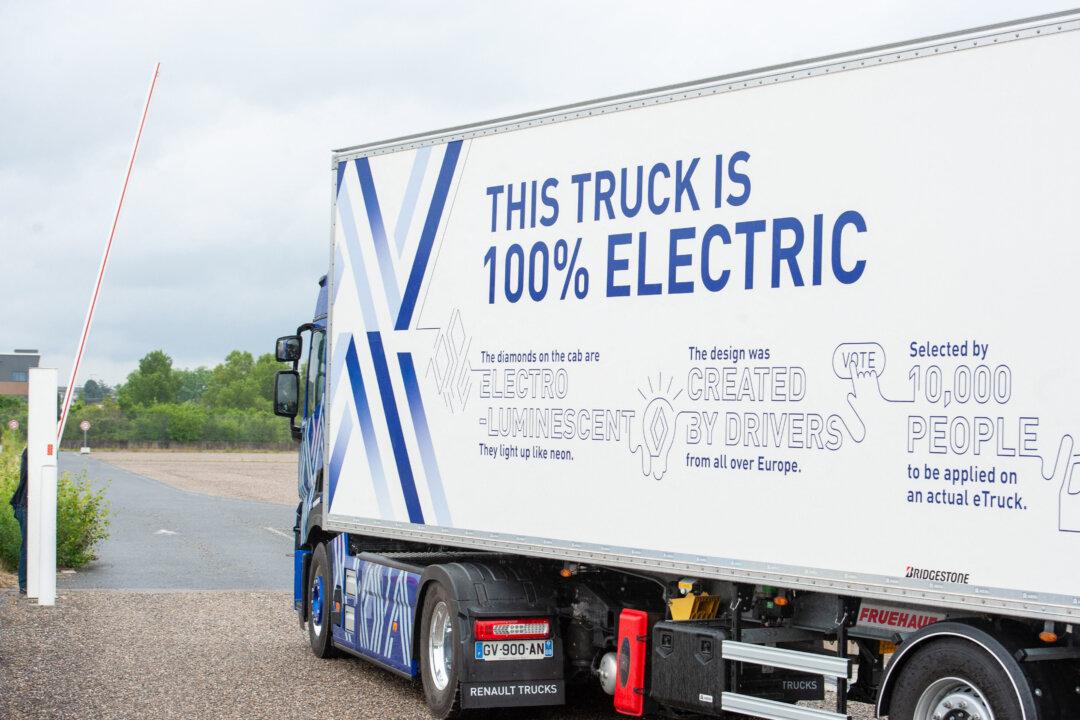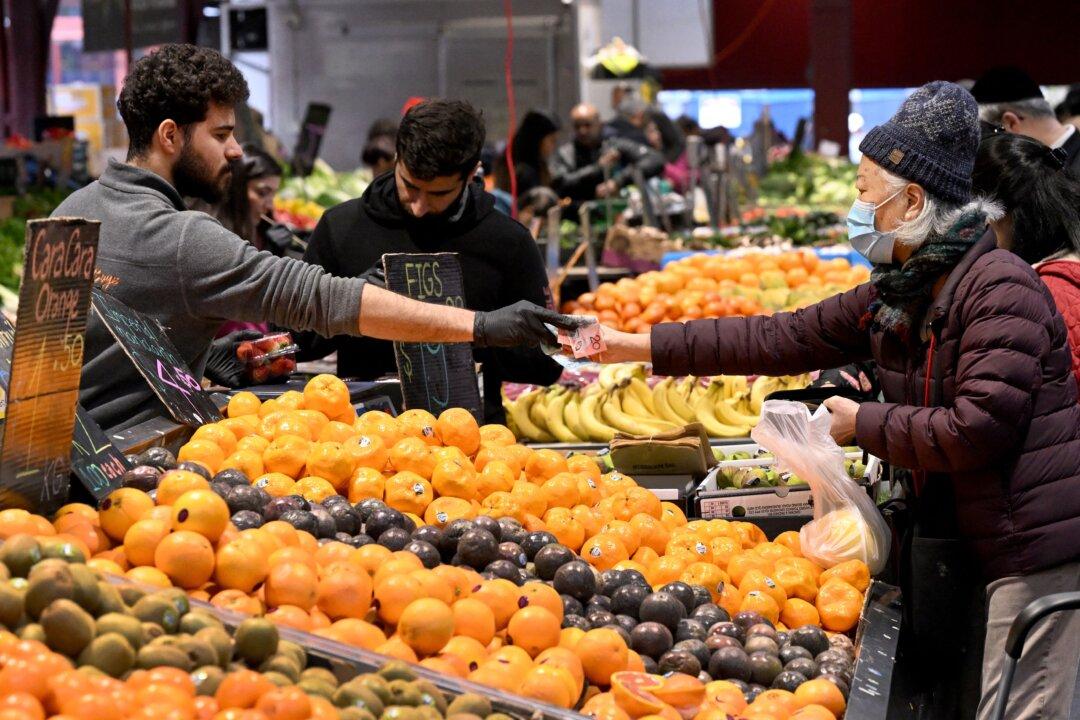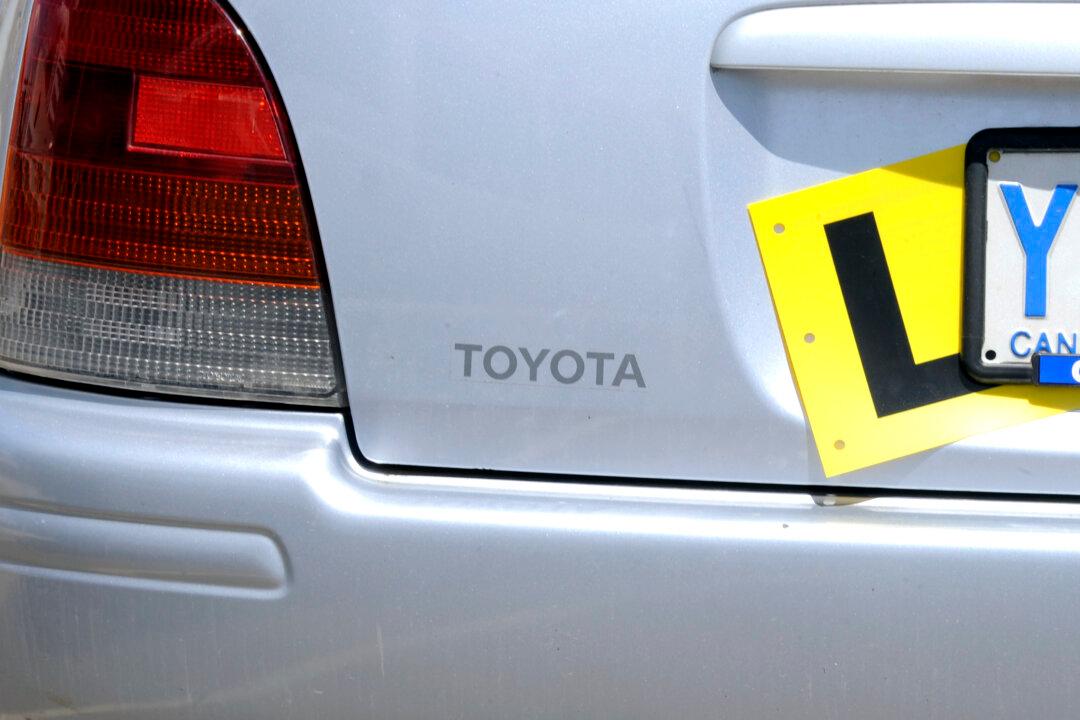Australian retail turnover reached another record high in September as consumers were still willing to spend despite interest rate hikes and increasing living cost pressures.
According to the Australian Bureau of Statistics (ABS), retail trade climbed for nine consecutive months in September, rising by another 0.6 percent during the period, following a 0.6 percent hike in August and a 1.3 percent surge in July.
